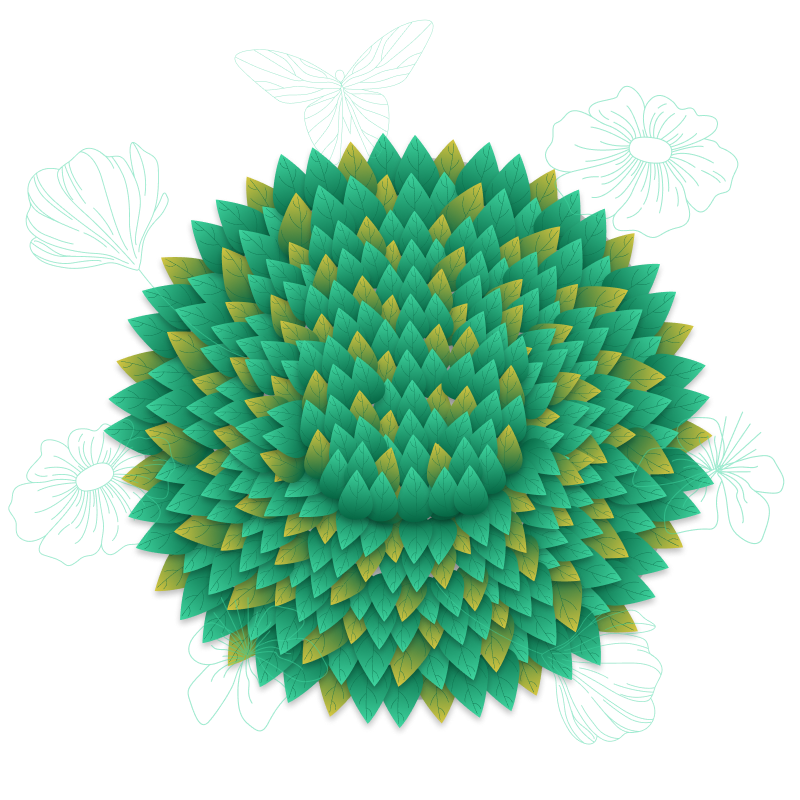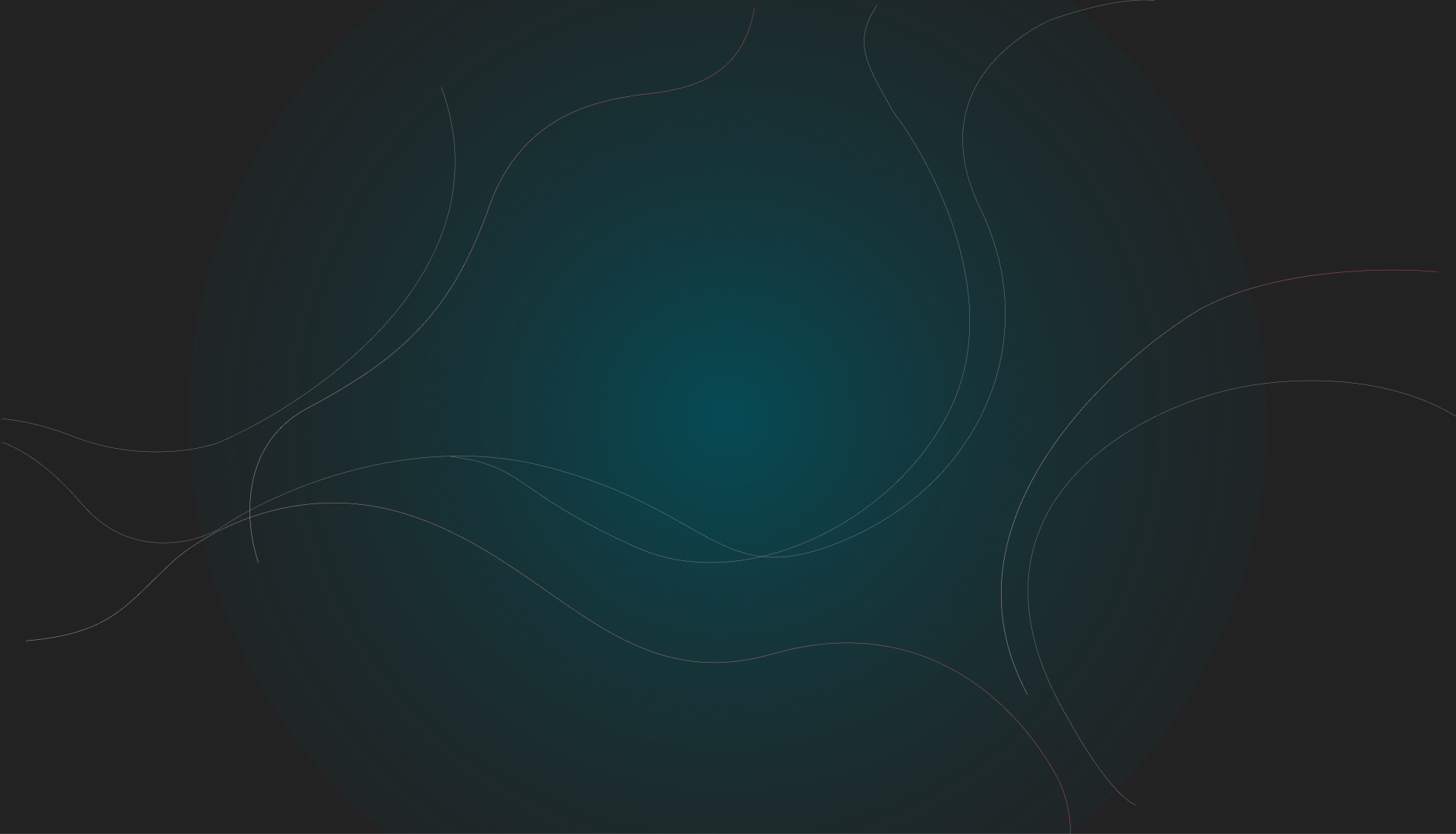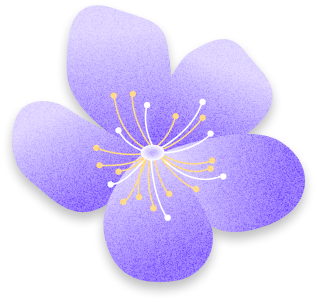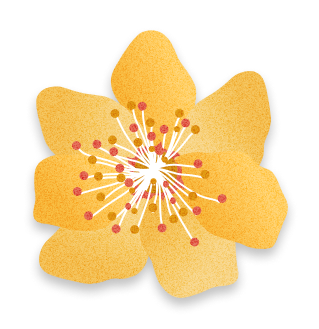Best experienced with sound
Turn the sound on
Skip
What stigmas do
neurodivergents
face?

Dumb
Weird
Defective
Genius
Abnormal
Troublemaker
Lack of empathy
Violent
Lack of emotions
They need to be ‘cured’
Sick
Broken
Is there something wrong with them? Or do we need to change the way we perceive these differences?

Click to start the journey


Unleash the hidden beauty of neurodivergents
There are a lot of stigmas around the neurodiverse, especially in the workplace. Yet hidden in these individuals are unique perspectives that might transform the workplace.
What is neurodiversity?
An understanding that there are variations in the human brain and that these variations are natural, not an illness, and does not automatically disable someone. These variations might affect the way someone thinks, feels, and socializes, learns, focuses, and a variety of other cognitive processes.
Learn to see things from their perspective
Understanding the spectrum
Neurodivergents are individuals with less typical cognitive variation (autism, dyslexia, or ADHD). These variations usually fall in a spectrum where the autistic and dyslexic brains sit at opposing ends while neurotypicals (individuals with more common brain function) sits in the middle of the spectrum.
Autism
The autistic brain structure creates for detail-oriented individuals usually with good memorizing abilities. This means in viewing a tree, they might easily see the details on every tree, but struggle to see the tree or the forest.
Dyslexia
The dyslexic brain structure makes for individuals who see the bigger picture better; conceptual thinkers. They could easily understand the forest, but might miss details on the trees.
Learn more here
See things from Autistic perspective
Types of neurodiversity
Types of neurodiversity
Types of neurodiversity
Types of neurodiversity
Types of neurodiversity
Types of neurodiversity
There are many different types of cognitive functions that falls under the neurodivergent category. Autism, ADHD, dyslexia, dyspraxia, dyscalculia, and Tourette syndrome are only six of them. This is why embracing the diversity instead of being trapped in concerning over what is normal and what is not becomes important.







Scroll down
Autism
A type of cognitive function that impacts mainly the way an individual communicates and interacts with others.
+ Strength and challenges
Dyspraxia
A type of cognitive function that impacts mainly someone's motoric, coordination, and balancing skills
+ Strength and challenges
Dyslexia
A type of cognitive function that impacts mainly someone's language and and information processing skills.
+ Strength and challenges
ADHD
A type of cognitive function that impacts someone's planning, focusing, and decision-making skills.
+ Strength and challenges
Tourette Syndrome
A type of cognitive function that is marked by sudden and recurring movements or verbal exclamations called tics.
+ Strength and challenges
Aside from the five cognitive functions mentioned above, there are still dozens more that we can see in our daily lives.

Autism
Strength
- Great attention to details
- Strong memory
- Awesome problem solving skills
Challenges
- Social interactions
- Process non-verbal communications
- Interpret others feelings
- Resistant to changes and prefers certain routines and patterns

Dyspraxia
Strength
- Strong empathy, especially towards others’ feelings & thoughts
- Problem solving skills
- Leadership skills
Challenges
- Excessive worry/rumination
- Obsessive compulsive behaviour
- Hyper-vigilance or seeming “shell shocked”
- Rigid routines and resistance to change
- Anxiety

Dyslexia
Strength
- Super creative, including in problem solving
- Strong in design
- Able to see the bigger pictures, commonly a visionary
Challenges
- Writing and reading
- Formulating thoughts quickly in a discussion
- Sticking to a schedule or following verbal and non-verbal rules

ADHD
Strength
- Full of energy and enthusiasm
- Bold approach that leads to innovative ideas
- Creative
Challenges
- Impulsivity, hyperactivity, hard to focus
- Easily bored
- Difficulties in scheduling or planning

Tourette Syndrome
Strength
- Energetic
- Quick in completing the preferred tasks
- Empathetic
Challenges
- Hard to concentrate and organize
- Difficult in processing what is seen and heard

“it takes courage, collective belief, and a journey on its own to create a world where neurodivergent can freely unleash their diversity.”
Dian Soraya - Anotasi

What can you do?
If your company is looking to hire neurodivergent candidates
Visit anotasi.com/neurodiversityIf you’re a product design professional curious about inclusive design in SEA
Visit projectlima.co/inclusive-design-southeast-asiaWant To Continue The Conversation?
Contact Us